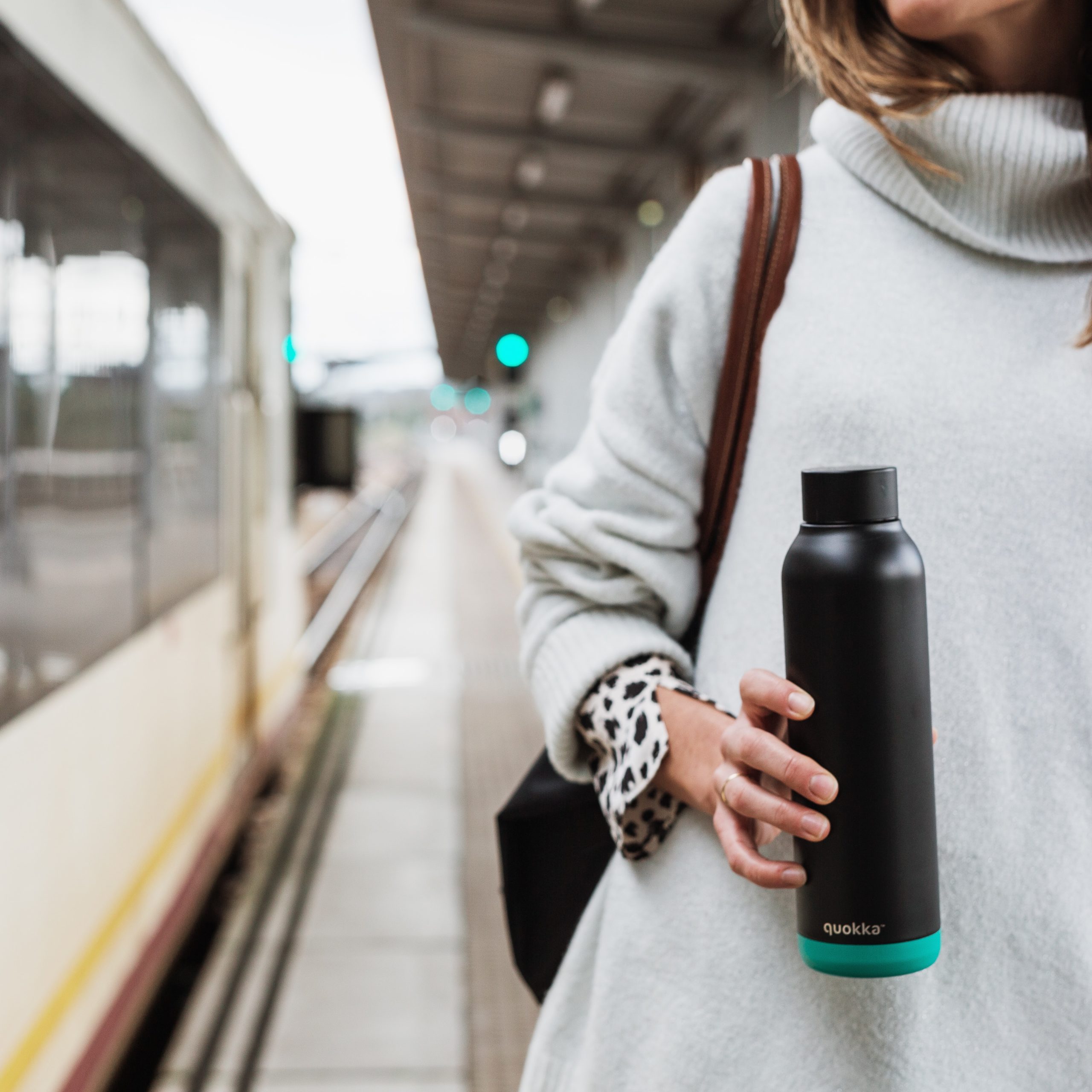1 in 5 travellers
will end up being
bedridden for a day
More than a third will
have to alter their plans
because of diarrhoea

Traveller’s diarrhoea may not be at the top of your list when planning an overseas trip, but with over half of us suffering from a bout of diarrhoea during our travels (depending on where you’re travelling), it’s the most common travel-associated illness to spoil holidays and business meetings.
Avoiding traveller’s diarrhoea is not just down to luck – the better prepared you are the more enjoyable the trip is likely to be. So, do some homework before you leave: look into the risks associated with where you’re going and the activities you’ll be doing, take precautions and know what to do if you do end up with diarrhoea.
What is traveller’s diarrhoea?
Montezuma’s revenge, Bali belly… there are lots of names for traveller’s diarrhoea, but the outcome is the same – having to dash to the nearest toilet – and it all comes down to having picked up something ‘nasty’ usually from contaminated food or water.
Problems often occur during the first two weeks of an overseas stay (being most likely to start on day 2 or 3), but traveller’s diarrhoea can occur at any time during the trip, or even after you get home.
What are the symptoms of traveller’s diarrhoea?
Traveller’s diarrhoea is generally defined as having three or more bouts of loose, watery ‘poo’ in a 24-hour period or when you’re having to ‘poo’ twice as often as normal during a trip overseas (usually to a less developed region).
Bouts of diarrhoea can come on quickly along with other symptoms such as stomach cramps or pains, fever, nausea or vomiting.
While most people will start feeling better in 3-4 days without the need for any specific treatment, you have to be careful as dehydration is a common complication.
What are the common causes of traveller’s diarrhoea?
Traveller’s diarrhoea is a general term and covers diarrhoea caused by a variety of different micro-organisms. It’s most often linked to bacteria such as Escherichia coli (or E.coli), but it can also be caused by viruses and sometimes by parasites, picked up from contaminated food or water.
The chances of getting traveller’s diarrhoea depends on where you’re travelling to – the risk is higher if you are visiting a region or remote area where sanitation and food hygiene standards are poor (especially where climates are warmer) – such as West, East and North Africa, Central and South America or South and Southeast Asia. You can still get traveller’s diarrhoea in more industrialised areas – but the risks are lower.
Don’t let traveller’s diarrhoea spoil your trip
How do you prevent traveller’s diarrhoea? Be careful about hygiene and what you eat and drink – the standard advice for anyone travelling to high-risk countries is to ‘boil it, cook it or forget it’ and this includes:
- Only drinking boiled water or water that has been purified (such as bottled water)
- Avoid ice in drinks or use bottled water to make ice cubes
- Avoid fruit and vegetables washed in local water
- Eat fruit and vegetables that you can peel yourself
- Make sure your food is cooked thoroughly
- Avoid raw shellfish and meats
- Don’t buy food from street stalls or eat food that has been sitting about for some time
- Make sure you wash your hands regularly, especially when handling food or eating.


Don’t let diarrhoea get in the way
It’s not always possible to avoid getting traveller’s diarrhoea – so if you’re unfortunate enough to come down with it, it’s important to know how to look after yourself.
- Don’t let yourself get dehydrated – drink plenty of water to replace the fluids you’re losing, but avoid milk and juices as they may make the diarrhoea worse.
- Sometimes you may need a bit of help from an over-the-counter anti-diarrhoeal medication – such as Gastro-Stop or Gastro-Stop Plus – to provide relief from diarrhoea to help get you through that bus trip or flight for example.
In most cases, you’ll be able to manage diarrhoea yourself – but if your symptoms are severe or getting worse, or when young children, the elderly, those who are pregnant or those with other health conditions are involved, you need to seek medical care.
